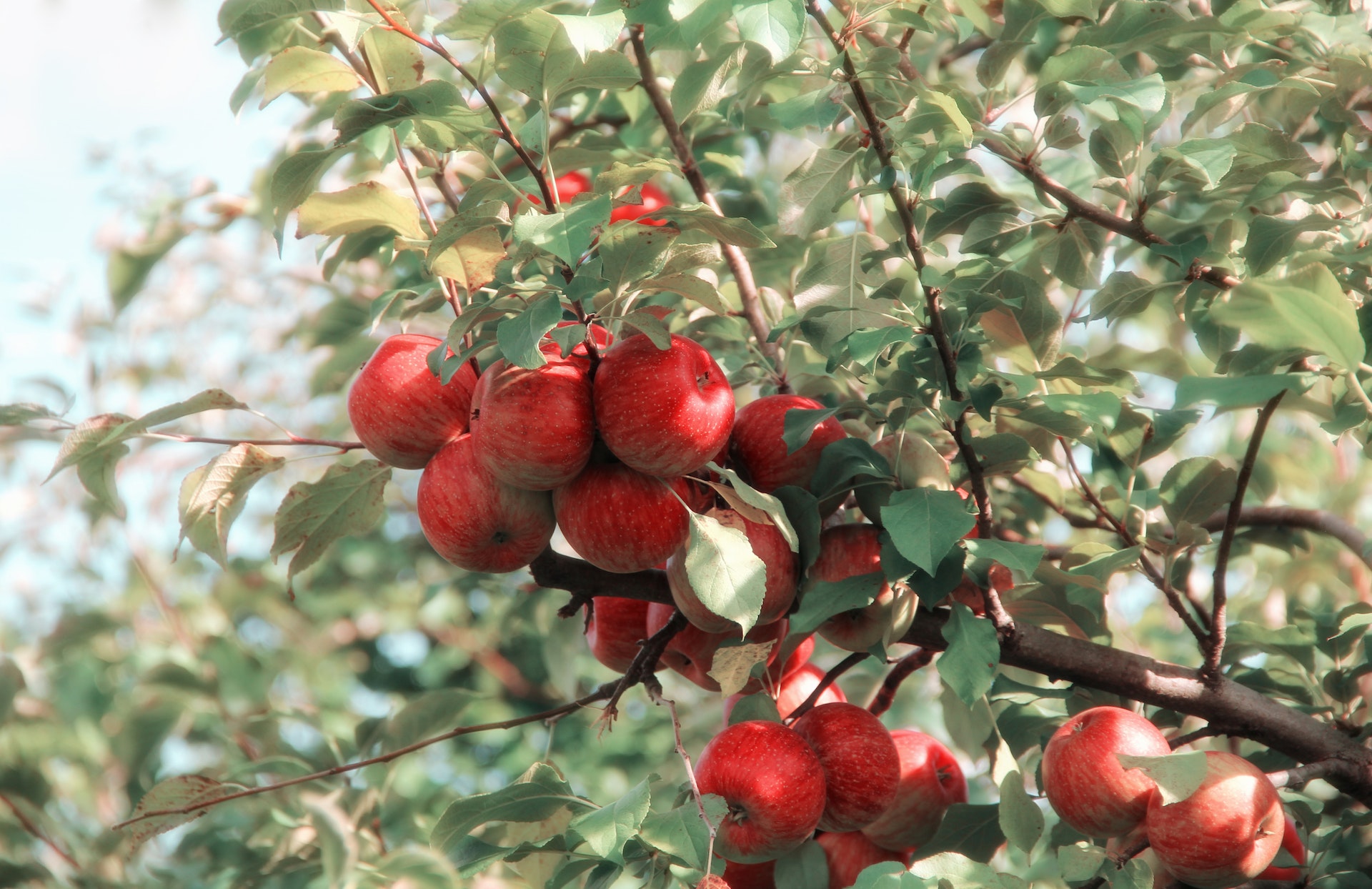Fruit trees are a wonderful addition to any garden, providing beauty and a bounty of delicious fruits. However, even the most experienced gardener may encounter issues with fruit trees, especially in the UK, where the climate and soil can present unique challenges. Fortunately, a few simple steps can help ensure success, and you can find such fruit trees UK for sale at Gardeners Dream.
In this blog post, we'll provide tips on identifying and solving some of the most common problems associated with fruit trees in the UK. We'll cover topics such as proper pruning, disease control, and pest management, so you can start enjoying fresh, homegrown fruit in no time. Read on to learn more about how to keep your fruit trees healthy and productive.
1. Check for signs of pests, diseases, and general poor health
Inspect the leaves, branches, fruit, trunk, and roots for any visible signs of damage. Look for discolouration, wilting, or any other changes in the tree's appearance that could indicate a pest or disease. If any are found, take immediate action to protect the tree, such as applying the appropriate insecticides or fungicides. Additionally, inspect the soil for signs of nutrient deficiencies; this can be done by taking a soil sample from the root system and sending it to a laboratory for analysis.
2. Ensure trees get enough sunlight
Proper sunlight is essential for fruit trees to grow and thrive in any climate. Trees should receive at least six hours of direct sunlight daily, but this varies depending on the tree species. If a tree does not get enough sunlight, it may not produce as much fruit. Consider the tree's location, and identify any potential obstacles that may be blocking the sunlight, such as buildings, fences, or other trees. It may be necessary to prune or remove other trees or relocate the tree in order to ensure it receives enough sunlight.
3. Ensure proper pruning techniques are used
Pruning should be done during the winter when the tree is dormant and no leaves are present, as this minimises the possibility of diseases entering through pruned areas. Pruning also helps to maintain a tree's shape and encourages the growth of healthy new branches that will bear fruit. Pruning should be done carefully and with consideration, removing only the necessary branches and not cutting too deeply. Pruning should also be done with clean, sharp tools to minimise the risk of introducing disease.
4. Monitor soil moisture levels
To monitor soil moisture levels, check the soil around the tree every two weeks. If the soil feels dry, water the tree deeply and slowly until the soil is saturated. If, however, the soil feels soggy, adjust your watering schedule or use a soil amendment, like mulch, to help absorb excess moisture. Be sure to take note of any changes to the soil and adjust your watering schedule accordingly.
5. Apply appropriate fertilisers for optimal growth
Fertilisers should be applied at least once a year and during the early months of the growing season, preferably between March and May. When applying fertilisers, use organic products with a balanced nutritional profile, including nitrogen, phosphorus, and potassium. Keep in mind that too much fertiliser can be just as damaging as too little, and it is important to follow the manufacturer's recommended dosage. Additionally, you should always add compost to the soil to help break down the fertiliser and provide nutrients to the tree.
Conclusion
All in all, UK gardeners must be vigilant when planting and caring for fruit trees. The weather, pests, and diseases can all pose a threat to your hard work. Pay close attention to the tree's leaves and branches and watch for any signs of disease or infestation. With proper care and maintenance, your fruit trees can thrive and produce a bumper crop of golden apples, juicy pears, and sweet cherries for years to come.
